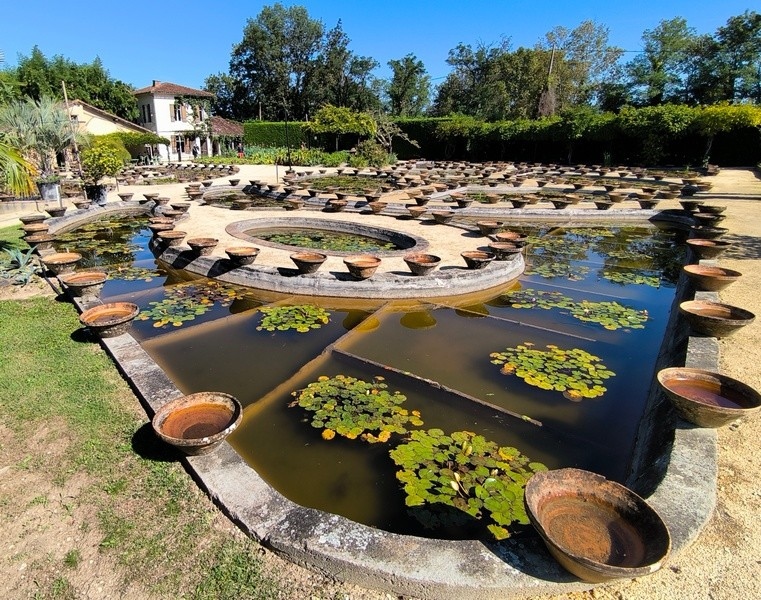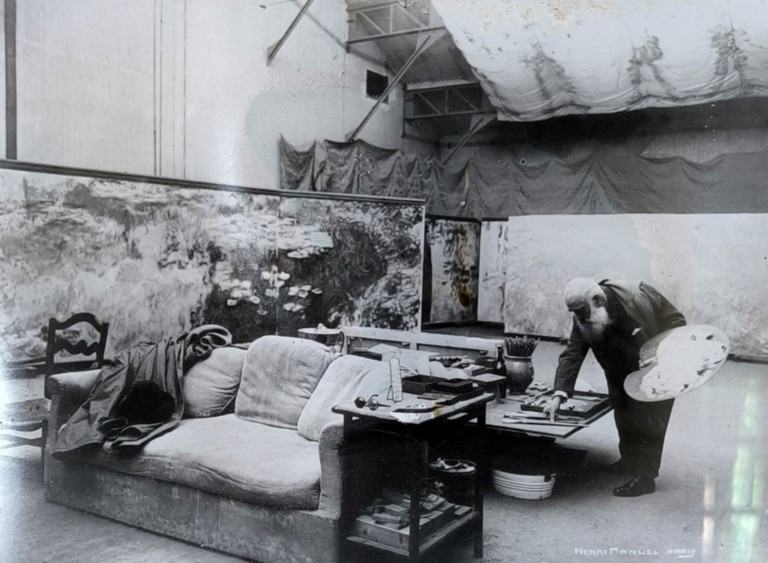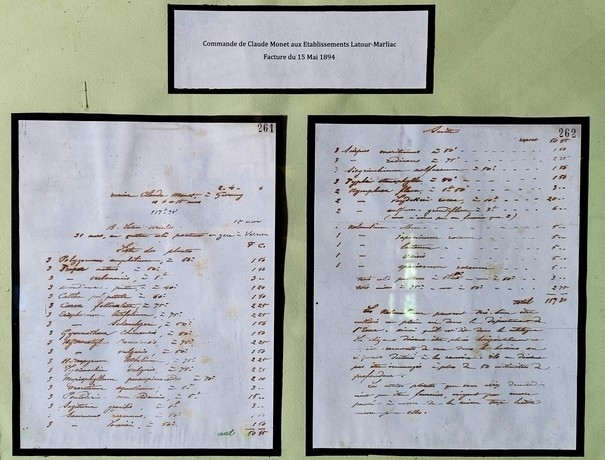Latour Marliac , birthplace of Monet's waterlilies
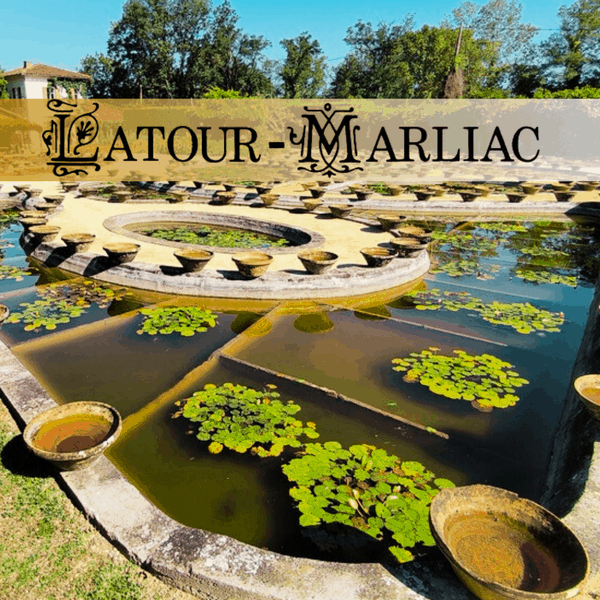
Latour-Marliac, birthplace of Monet's water lilies
In 1889, Claude Monet discovered the surprising hybrid water lilies created by Joseph Bory Latour-Marliac at the Universal Exhibition in Paris. Captivated by their unique color palette, the artist decided to order several varieties for his garden in Giverny. This gesture marked the beginning of an artistic adventure that would forever transform the history of modern painting.
It was thanks to these plants from southwestern France that the pond at Giverny became the central motif of the famous Water Lilies series. Through these works, Monet explored light, reflection, and the dissolution of landscape, paving the way for abstraction.
The link between Monet's passion for horticulture and Latour-Marliac's botanical innovations is therefore fundamental, intimate, and essential to the history of Impressionism.
Today, as a contemporary painter, I pay tribute to this dialogue between art and garden through the exhibition “Nympheus Luminansis – Les Nymphéas de la Lumière” (Nympheus Luminansis – Water Lilies of Light). This Franco-American exhibition draws its inspiration from this exceptional botanical and pictorial heritage.
The partnership with the Latour-Marliac garden continues this story by highlighting the direct connection between my works and Claude Monet's legacy.
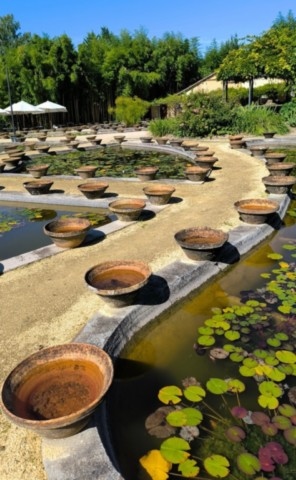
Web Site :
Facebook :
Instagram :
